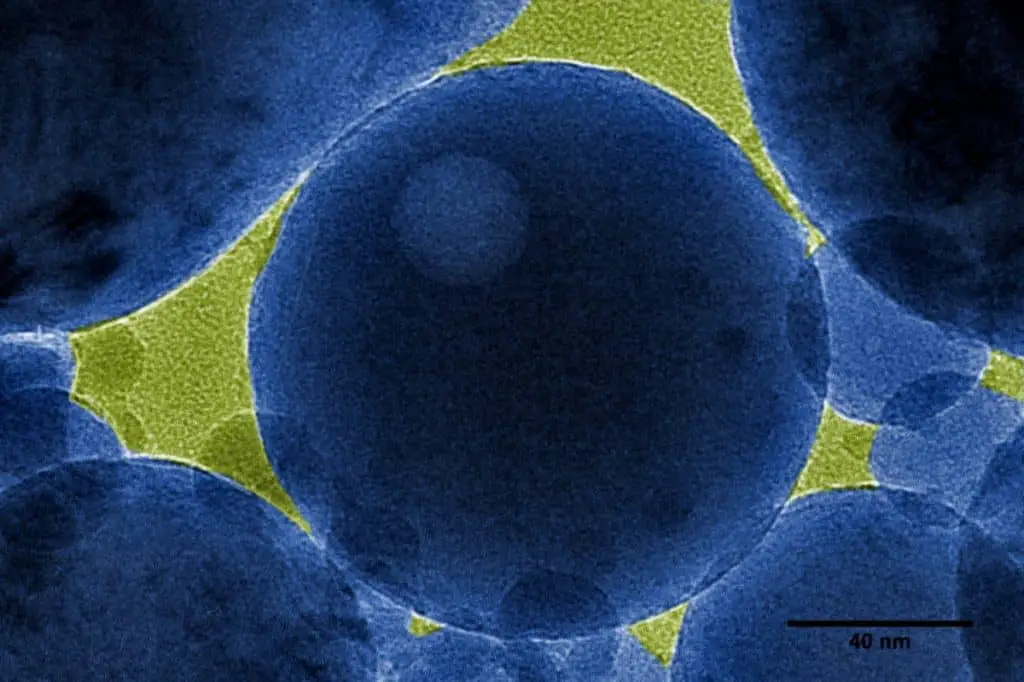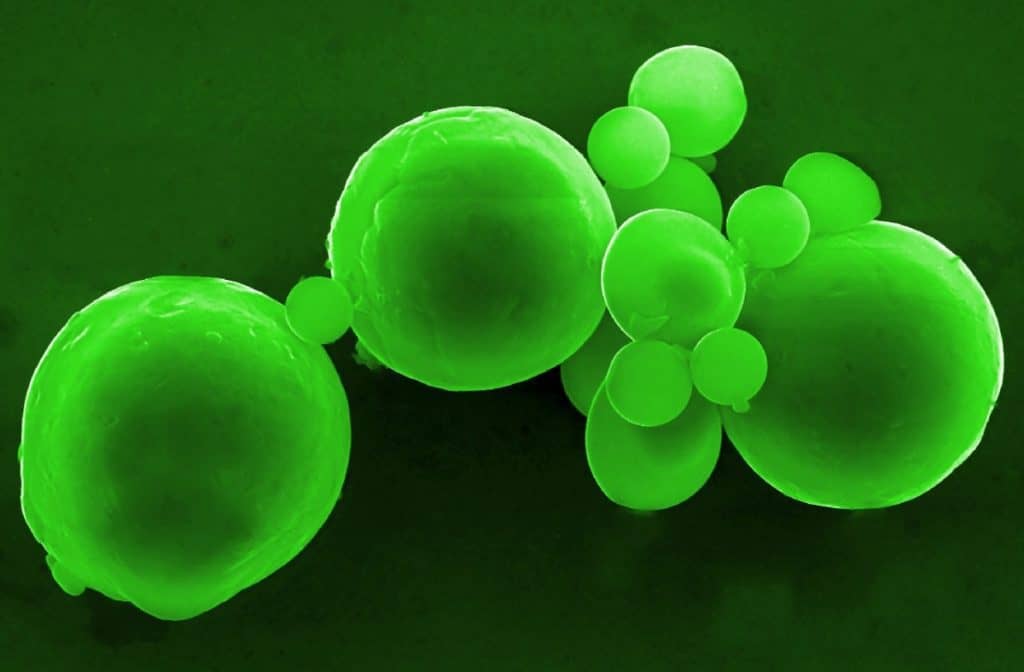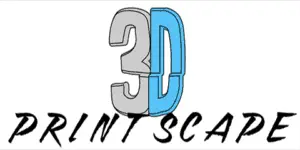3D printing has become one of the most amazing technological advancements in today’s modern world because of how it is basically the process of creating something from the bottom-up while using materials such as polymers quite efficiently. As amazing as 3D printing is today, is it possible that we can 3D print nanoparticles?
It is possible for nanoparticles to be 3D printed. However, there are no commercial 3D printers that are capable of doing that. 3D printing nanoparticles is still in the experimental stage today, as researchers are still trying to test out different ways to 3D print nanoparticles in a more controlled way.
While nanoparticles can be 3D printed in a theoretical sense, our current commercial 3D printing technology is yet to achieve that. Still, based on the science and research behind it, the consensus is that it will be possible for us to 3D print nanoparticles at a larger and more commercial scale later on once the process has been perfected.

What are nanoparticles?
When you think about the different things that we have today, these are all made of particles that are closely packed together to form larger objects and structures. Think about them as different Lego pieces that you put together but are actually smaller in size to the point that you can hardly see them. Then we have nanoparticles.
A nanoparticle is a smaller version of a particle in the sense that it has a size that is somewhere between 1 to 100 nanometers. Nanoparticles cannot be detected by the human eye, and that means that they are actually smaller than a speck of dust, which is somewhere between 1 to 100 micrometers. And nanometers are a thousand times smaller than micrometers.
So, if you think about it, if it is already difficult for us to detect a speck of dust with the human eye, it is completely impossible for us to detect something that is a thousand times smaller than a speck of dust. That is essentially what a nanoparticle is. And nanoparticles are so small that they are made up of only a few hundreds of atoms that are packed together.
What are nanoparticles used for?
Now, when talking about nanoparticles, you might be wondering what uses we can have for them. After all, if nanoparticles are so small, you are probably thinking that it is impossible for us to have any practical use for particles that are so tiny to the point that they are microscopic in size.
However, the thing you need to understand is that nanoparticles have plenty of different practical uses in the theoretical sense. That is because nanoparticles can greatly impact the way different products are structured.
When you talk about different types of products that are manufactured, the usual method of constructing them is from the top-down. What that means is that these products are carved or made from larger pieces that allow us to come up with a product that is smaller and has more practical uses.
For example, a lot of guns are made from larger pieces of aluminum instead of putting together smaller pieces of aluminum. The same can be said when it comes to the materials that are used on aircraft.
Think about how a sculptor creates a work of work. That person basically carves a statute out of one large piece of marble instead of putting together smaller pieces of marble to create something. This is what we mean by creating something from the top-down.
The good thing about creating something from the top-down approach is that it allows the product to have a more solid construction. That is because you are creating something from a whole thing that no longer needs to be put together. Meanwhile, putting different things together instead of creating something out of a larger piece will make the product less structurally sound, all while allowing the product to have gaps in between the parts and pieces that were basically put together.
But the problem with the top-down approach is that it leads to wastage. Going back to the sculptor example, the sculpture at the end of the hard work may be a great piece of art that is structurally sound. However, this leads to wastage because there are going to be plenty of pieces of marble that will become barely useful after the sculpture has been completed.

This is where the concept of using nanoparticles can become quite interesting, especially when it comes to building different types of products. Using nanoparticles is basically a bottom-up approach that allows us to build something out of virtually nothing by putting together different particles to form one solid structure. Doing so will decrease the materials wasted after producing certain products.
Of course, nanoparticles, due to their construction, can lead to products that are lighter and just as durable and structurally sound as other products that are heavier. That is because nanoparticles are so small that they are less dense than bigger particles. And while nanoparticles may be less dense than other particles, putting nanoparticles together to form one solid structure can lead to a lighter yet very durable structure because the space in between each nanoparticle is smaller.
An amazing application of nanoparticles is in the creation of baseball bats. In the past, baseball bats were often created by carving them from a larger piece of wood or aluminum. However, using carbon nanotubes to create bats can produce bats that are lighter yet just as effective as the heavier wooden or aluminum bats.
There are also plenty of other practical uses for nanoparticles. This leads us to the reason why you might be wondering if printing nanoparticles using a 3D printer is actually quite possible because doing so will allow you to create a solid and light structure from the bottom up.
Can you 3D print nanoparticles?
The good news is that, yes, it is possible to 3D print nanoparticles. Researchers from the Technical University of Hamburg and from the Massachusetts Institute of Technology (MIT) have actually achieved the task of assembling nanoparticles to create bigger macrostructures through 3D printing. And, as expected, the 3D-printed macrostructures displayed the same kind of strength that top-down materials are known for.
This process was accomplished by using custom-made systems that allowed the team to develop a way to 3D print nanoparticles. The team printed columns made of spherical iron oxide nanoparticles that are about 15 nanometers in size. And these nanoparticles are coated with short organic molecules.
However, while the team was able to achieve such a feat, the thing you need to know is that the printing of nanoparticles is still in the experimental stage. In a way, the team only managed to prove that they can 3D print nanoparticles into macrostructures that are just as strong as materials created from the top-down approach.
What we are basically saying is that there are no commercial 3D printers that are capable of 3D printing nanoparticles. In fact, the smallest particle that a commercial 3D printer can print is right around 0.15 millimeters. However, the team that was able to achieve 3D printing using nanoparticles has given us hope that we can one day 3D print nanoparticles at a commercial level. This can allow us to produce materials that are light, structurally sound, and very efficient.
The next step for the team is to acquire more control over the nanoparticles and the different parameters that will allow them to have more freedom in terms of the shapes of the 3D-printed microstructures.

Related Articles
- How Small Of An Item Can A 3D Printer Make?
- What Is the Size Limitation of 3D Printing?
- 3D Printer Nozzles (Detailed Overview)
Make sure you check out our YouTube channel, and if you would like any additional details or have any questions, please leave a comment below or join us on Discord. If you liked this article and want to read others click here.
